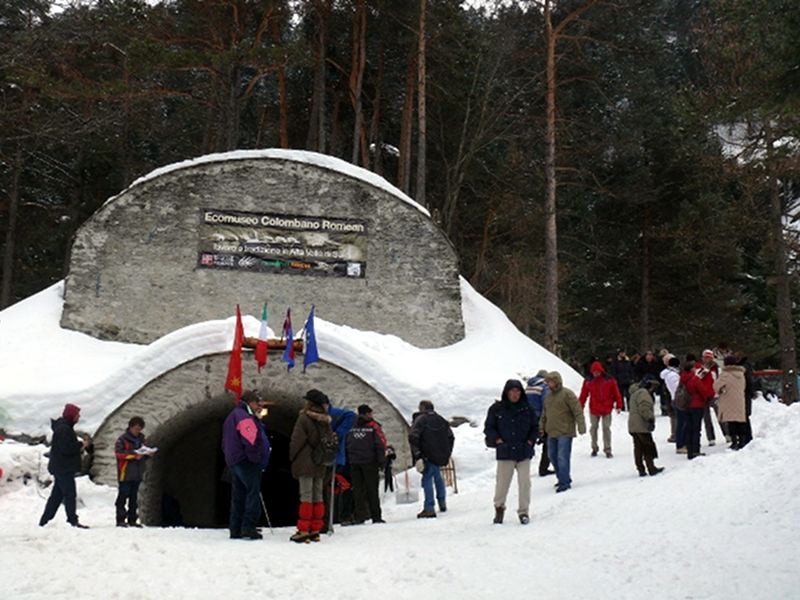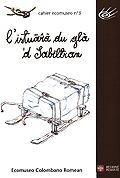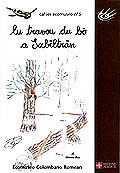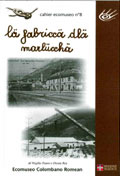19th Century Ice House
Cold as an economic resource
The building, characterized by thick stone walls, buried and covered with trees to shade it, represents the last example of still intact 19th century ice house in Piedmont.
The ice produced during the winter in the nearby artificial small lake was preserved until the summer, when it was loaded on carts, covered with wet jute bags, and transported to the markets of Turin and Briançon.
This seasonal job (complementary to the agricultural activity), made the ice extraction and preservation activity an important economic resource for the mountain residents.
Location: Salbertrand (TO) Region: Piedmont
Books and Guides
Cahier Ecomuseo n. 03. L'Istuarä du glà 'd Sabëltran - La storia del ghiaccio di Salbertrand
Price: 2.50 €
Price: 2.50 €
Item temporarily sold out at Emporio dei Parchi
Item temporarily sold out at Emporio dei Parchi
Cahier Ecomuseo n. 08. Lä fabriccä dlä marlücchä - La fabbrica del merluzzo di Salbertrand
Price: 5.00 €
Price: 5.00 €
Item temporarily sold out at Emporio dei Parchi
Item temporarily sold out at Emporio dei Parchi
© 2024 - Ente di gestione delle aree protette delle Alpi Cozie









